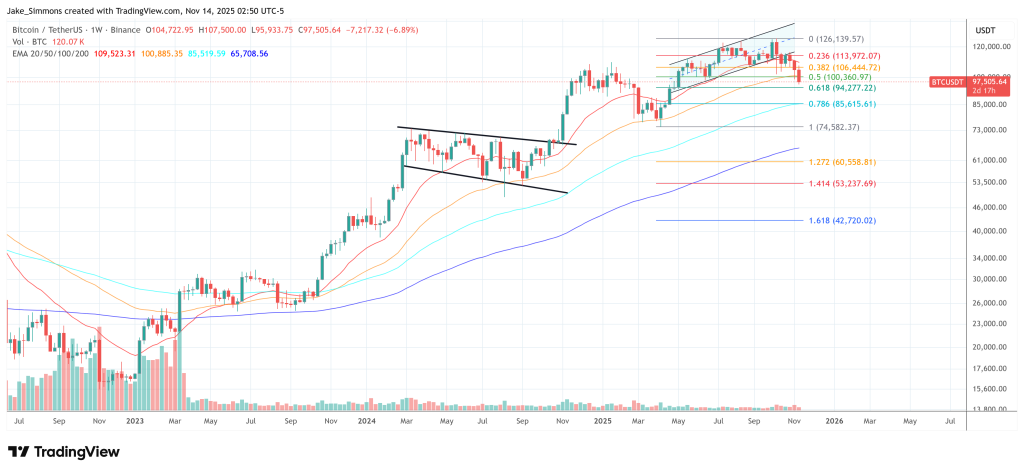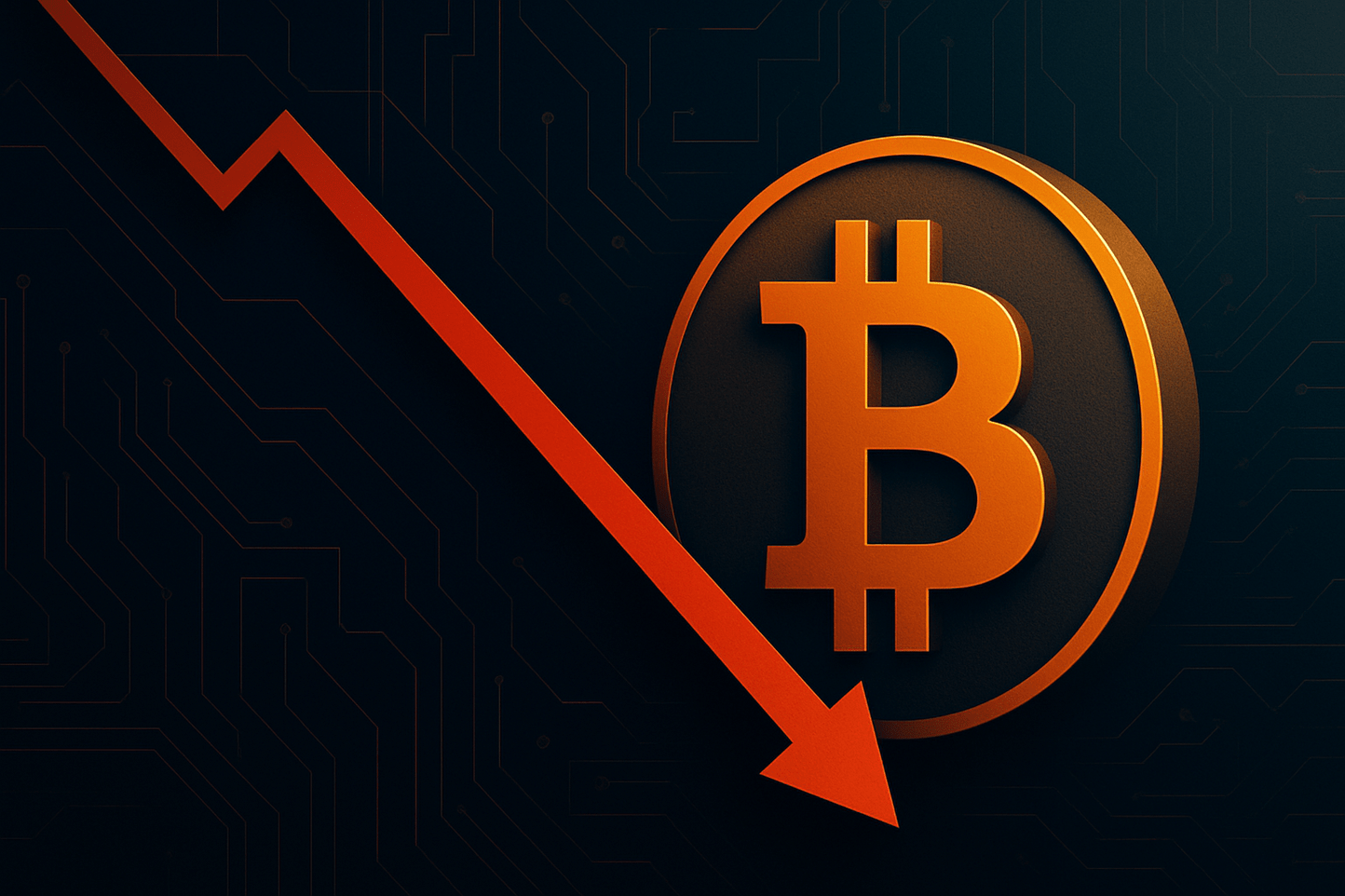JPMorgan has placed a numerical indicator under this Bitcoin cycle, telling clients that the market’s “pain threshold” now sits around $94,000, a level the bank defines as both the bottom of the mining economy and the answer to the question of how low it can realistically trade before fundamentals start to bite. According to a report from The Block, the team of analysts led by Nikolaos Panigirtzoglou argue that “Bitcoin’s downside from current levels appears to be ‘very limited'” as they “see its support price at around $94,000.”
How low can Bitcoin go?
The focus of the call is JPMorgan’s updated estimate of the cost of producing Bitcoin. In their latest note, cited by The Block, analysts say the total cost to mine one bitcoin has increased from around $92,000 to around $94,000 due to increased network difficulties in recent months. This jump in difficulty forces miners to deploy more hashpower per block, increasing the marginal cost per coin. The team reiterates a framework used in previous cycles, pointing out that “the cost of producing bitcoin has empirically acted as a floor for bitcoin,” so a higher cost also mechanically pushes the support zone higher.
Related reading
According to data from JPMorgan, the spot price to production cost ratio now sits just above 1.0, near the lower end of its historical range. This implies that miners’ operating margin is tight and that there is limited room for sustained movement well below modeled cost without triggering stress in the mining sector. From this perspective, the bank’s $94,000 level is presented not as a precise line in the sand, but as a statistically grounded region where downside risk is compressed as miners’ incentives to continue selling into weakness deteriorate.
The same note maintains a much more optimistic medium-term scenario. JPMorgan reiterates a 6-12 month upside case around $170,000 for bitcoin, derived from a volatility-adjusted comparison to gold. As summarized by The Block, analysts estimate that Bitcoin currently “consumes” about 1.8 times more risk capital than gold, but still has a smaller market capitalization: about $2.1 trillion versus about $6.2 trillion in private sector gold investments via ETFs, bullion and coins. To close this gap on a volatility-adjusted basis, they calculate that Bitcoin’s market capitalization would need to increase by approximately 67%, “implying a theoretical price of bitcoin near $170,000.”
Related reading
The Bloc also highlights how this view fits with JPMorgan’s recent track record of calls. In a note last month, the same team argued that Bitcoin appeared significantly undervalued relative to gold, suggesting a rally towards $165,000 by the end of the year. Panigirtzoglou has since scaled back the timing, telling The Block that “it would be unrealistic to expect this price target by the end of the year,” given recent liquidations and very weak sentiment, and reframing $170,000 as a 6-12 month scenario rather than a short-term target. The note also recalls an August projection of around $126,000 by the end of the year; Subsequently, on October 6, Bitcoin reached an all-time high above $126,200, before a record liquidation event on October 10 abruptly reset the positioning.
These early studies are consistent with a broader picture that JPMorgan has articulated publicly. In a separate analysis earlier this month, also conducted by Panigirtzoglou and reported by MarketWatch, the bank argued that post-October deleveraging has left Bitcoin “very cheap relative to gold” on a volatility-adjusted basis and concluded that “this mechanical exercise therefore implies significant upside for bitcoin over the next 6-12 months,” with fair value again hovering around $170,000.
What the new note, as relayed by The Block, adds is a more explicit downside anchor: As long as network difficulty and energy input assumptions keep the estimated production cost around $94,000, JPMorgan sees that level as the effective floor that answers how low Bitcoin can go before the mining economy forces the market to face its constraints.
At the time of writing, BTC was trading at $97,505.

Featured image created with DALL.E, chart from TradingView.com
